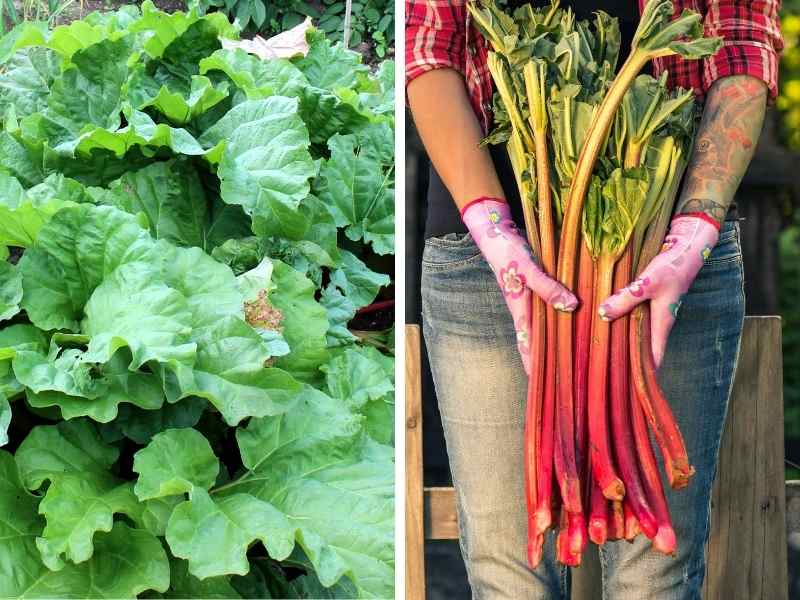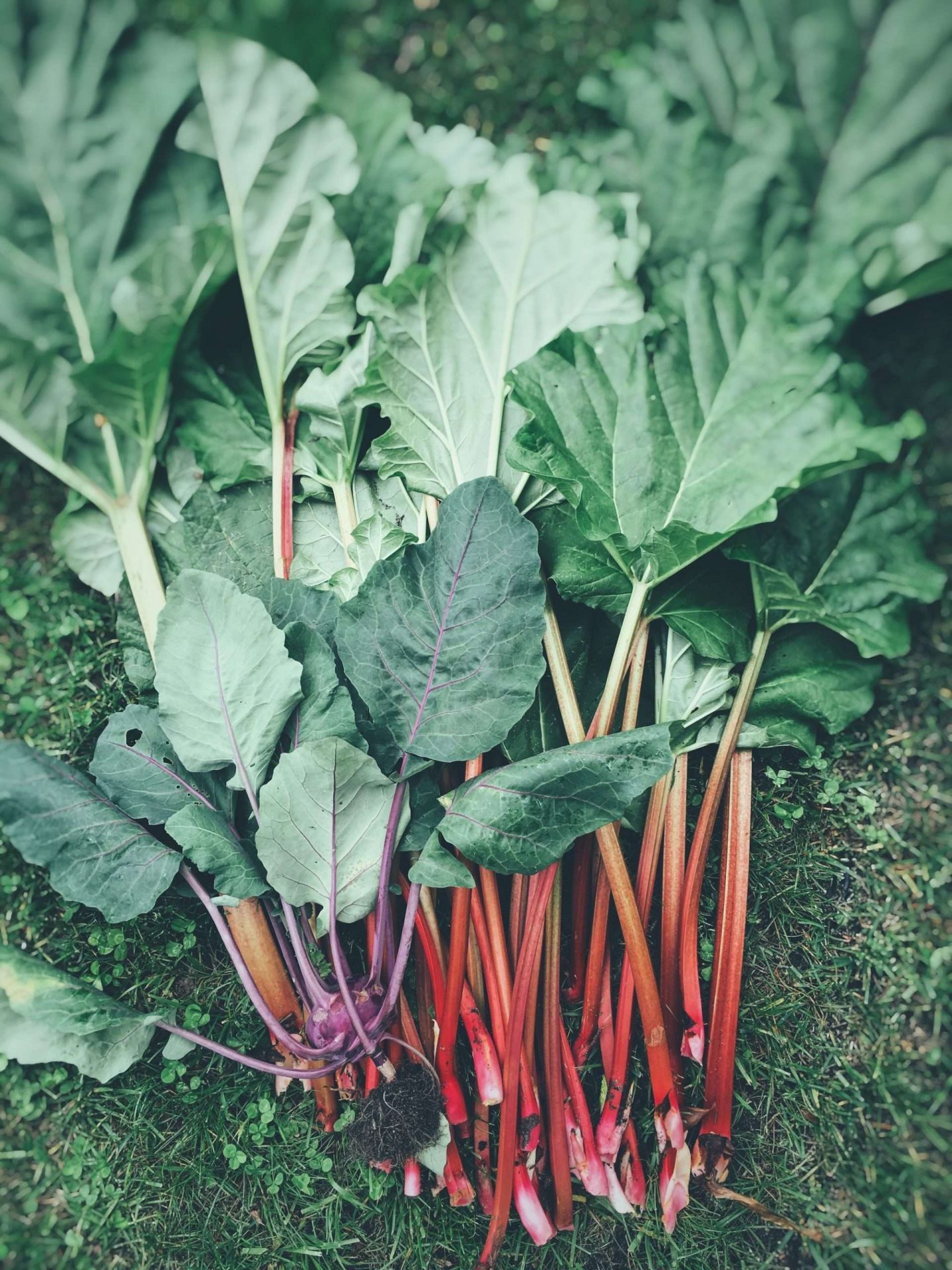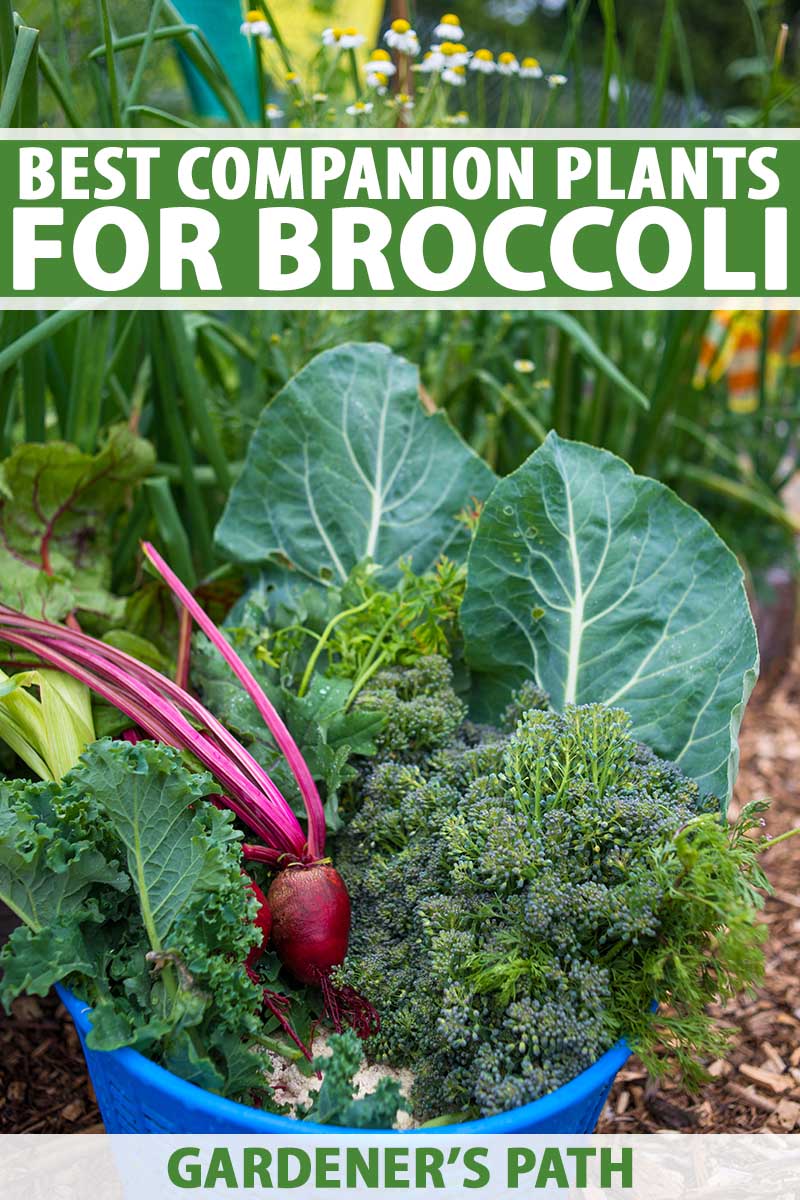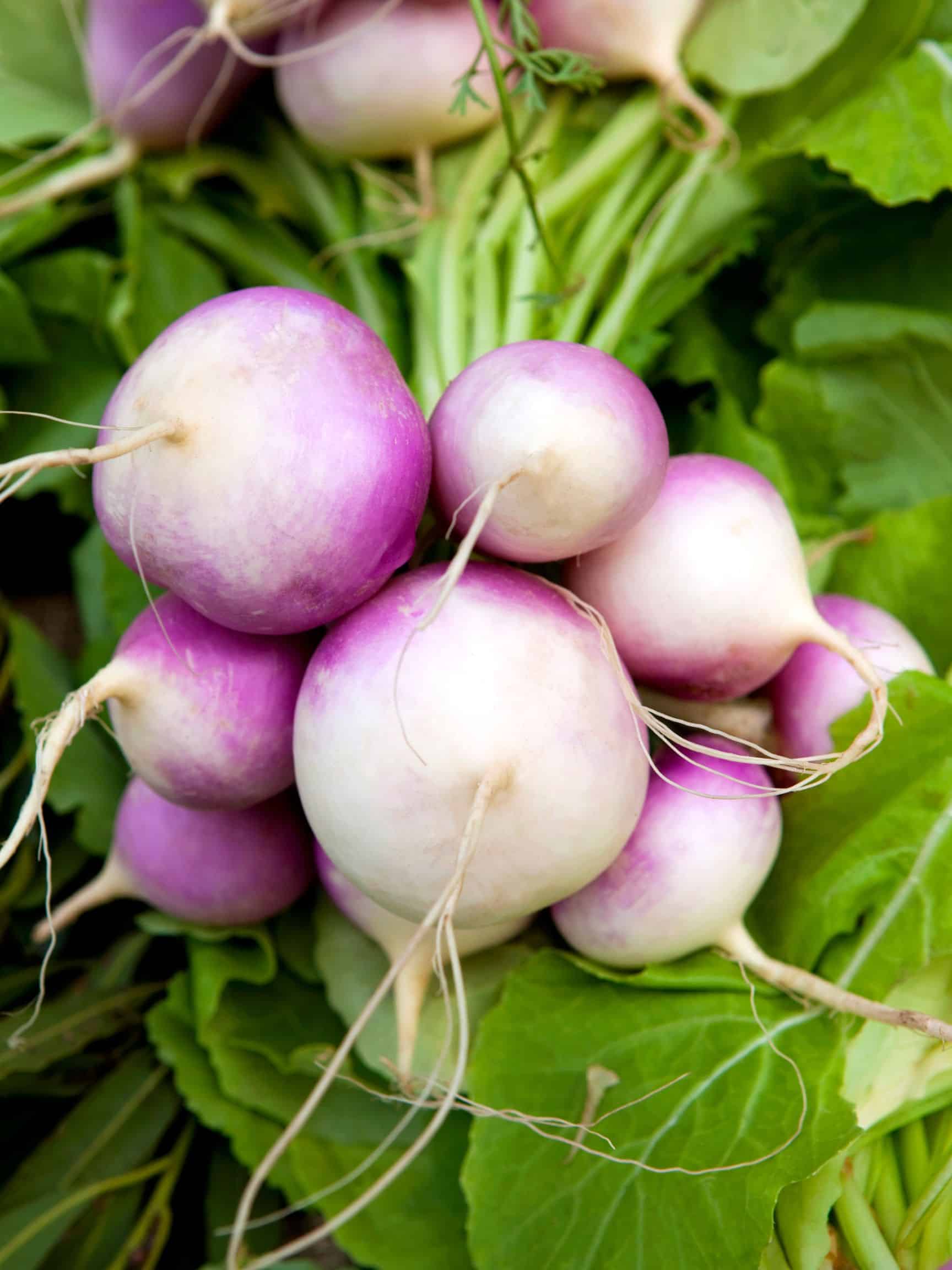Plants You Should Never Plant Next To Rhubarb
Plants You Should NEVER Plant Next to Rhubarb
Rhubarb is a delicious and versatile vegetable that can be enjoyed in pies, crumbles, and even as a refreshing tart. But while rhubarb is a relatively easy plant to grow, there are a few other plants that you should avoid planting near it.
In this blog post, we will discuss some of the plants that you should never plant next to rhubarb. We will also talk about why these plants are not good companions for rhubarb and how to choose the right plants to grow near it.
Why Companion Planting Matters
Companion planting is the practice of planting certain plants together in order to boost their growth and productivity. When plants are chosen carefully, they can help each other in a number of ways. For example, some plants can attract beneficial insects that help to control pests, while others can help to improve the soil quality or provide shade.
Rhubarb is a relatively hardy plant, but it can benefit from companion planting. Some good companion plants for rhubarb include:
- Alliums: Alliums, such as garlic, onions, and chives, can help to deter pests from rhubarb.
- Brassicas: Brassicas, such as broccoli, cabbage, and kale, can help to improve the soil quality around rhubarb.
- Legumes: Legumes, such as peas and beans, can help to fix nitrogen in the soil, which can benefit rhubarb.
- Strawberries: Strawberries can help to suppress weeds around rhubarb.
Plants to Avoid
While there are many plants that can benefit rhubarb, there are also a few plants that you should avoid planting near it. These plants can compete with rhubarb for water, nutrients, and sunlight, or they can even release chemicals that can stunt rhubarb's growth.
Some of the plants that you should never plant next to rhubarb include:
- Melons: Melons are heavy feeders and need a lot of sunlight. If you plant them too close to rhubarb, they will compete with the rhubarb for resources and stunt its growth.
- Pumpkins: Pumpkins are also heavy feeders and need a lot of space to grow. If you plant them too close to rhubarb, they will crowd out the rhubarb and prevent it from getting enough sunlight.
- Sunflowers: Sunflowers are tall plants that need a lot of sunlight. If you plant them too close to rhubarb, they will block out the sunlight and prevent the rhubarb from growing properly.
- Black walnut trees: Black walnut trees release a chemical called juglone into the soil that can stunt the growth of rhubarb and other plants. If you have a black walnut tree in your yard, it is best to avoid planting rhubarb anywhere near it.
- Dock: Dock is a common weed that can attract pests that can damage rhubarb. It is best to avoid planting dock near rhubarb.
Choosing the Right Companion Plants
When choosing companion plants for rhubarb, it is important to consider the following factors:
- Sunlight: Rhubarb needs full sun to thrive. Make sure to choose companion plants that also need full sun.
- Water: Rhubarb is a relatively drought-tolerant plant, but it does need regular watering. Make sure to choose companion plants that have similar water needs.
- Soil: Rhubarb prefers well-drained, slightly acidic soil. Make sure to choose companion plants that have similar soil requirements.
- Pests and diseases: Some plants can attract pests or diseases that can damage rhubarb. Make sure to choose companion plants that are not susceptible to the same pests and diseases.
By considering these factors, you can choose the right companion plants for rhubarb and ensure that both plants thrive.
Rhubarb is a delicious and versatile vegetable that can be enjoyed in pies, crumbles, and other desserts. But did you know that there are some plants that you should avoid planting near rhubarb? These "bad companion plants" can compete with rhubarb for water and nutrients, or attract pests and diseases.
Here are a few of the worst companion plants for rhubarb:
- Melons: Melons are heavy feeders and will compete with rhubarb for nutrients. They can also shade rhubarb, preventing it from getting enough sunlight.
- Cucumbers: Cucumbers are also heavy feeders and can compete with rhubarb for nutrients. They can also spread diseases to rhubarb.
- Pumpkins: Pumpkins are large plants that can shade rhubarb and prevent it from getting enough sunlight. They can also attract pests and diseases.
- Dock: Dock is a weed that can compete with rhubarb for water and nutrients. It can also attract pests and diseases.
- Sunflowers: Sunflowers are susceptible to the same pests as rhubarb, so planting them together can increase the risk of pest infestation.
If you're looking for more information about bad companion plants for rhubarb, I recommend visiting Garden Wiki. This website has a comprehensive list of companion plants, as well as information on how to plant and care for rhubarb.
FAQ of bad companion plants for rhubarb
Question 1: What are some bad companion plants for rhubarb?
Answer: Some bad companion plants for rhubarb include:
- Melon: Melons are heavy feeders and can compete with rhubarb for nutrients. They also produce large leaves that can shade out rhubarb.
- Cucumber: Cucumbers are also heavy feeders and can compete with rhubarb for nutrients. They also release a chemical called cucurbitacin that can inhibit the growth of rhubarb.
- Blueberries: Blueberries prefer acidic soil, while rhubarb prefers slightly alkaline soil. Planting these two plants together can stress both plants and make them more susceptible to pests and diseases.
- Pumpkin: Pumpkins are large plants that can shade out rhubarb and compete with it for water and nutrients. They can also attract pests that can damage rhubarb plants.
- Sunflowers: Sunflowers and rhubarb are both susceptible to the rhubarb curculio, a beetle that can damage both plants. Planting them together can make both plants more attractive to the beetle.
Question 2: Why is it important to avoid planting bad companion plants with rhubarb?
Answer: Planting bad companion plants with rhubarb can lead to a number of problems, including:
- Reduced growth: Bad companion plants can compete with rhubarb for water, nutrients, and sunlight, which can lead to reduced growth.
- Disease and pest problems: Some bad companion plants can attract pests and diseases that can damage rhubarb plants.
- Poor flavor: Rhubarb that is grown near bad companion plants may have a poor flavor.
Question 3: What are some good companion plants for rhubarb?
Answer: Some good companion plants for rhubarb include:
- Beans: Beans are nitrogen-fixing plants, which means they can help to improve the soil quality for rhubarb.
- Carrots: Carrots help to repel pests that can damage rhubarb plants.
- Kale: Kale helps to suppress weeds that can compete with rhubarb for water and nutrients.
- Onions: Onions help to repel pests that can damage rhubarb plants.
- Strawberries: Strawberries and rhubarb are both hardy plants that can thrive in the same conditions. They can also be grown together in the same bed, which can save space in the garden.
Question 4: What can I do if I accidentally plant bad companion plants with my rhubarb?
Answer: If you accidentally plant bad companion plants with your rhubarb, you can try to separate the plants as soon as possible. You may also want to consider replanting your rhubarb in a different location where it will not be affected by the bad companion plants.
Question 5: How can I prevent problems from bad companion plants in the future?
Answer: To prevent problems from bad companion plants in the future, it is important to do your research before planting any new plants in your garden. You can also consult with a gardening expert to get recommendations for good companion plants for rhubarb.
Image of bad companion plants for rhubarb
- Cucumbers: Rhubarb produces a chemical that can stunt the growth of cucumbers.

- Potatoes: Rhubarb and potatoes are both susceptible to the same diseases, so planting them together can increase the risk of infection.

- Spinach: Spinach can attract aphids, which are also a pest of rhubarb.

- Tomatoes: Tomatoes and rhubarb can compete for nutrients, so planting them together can stunt the growth of both plants.

- Turnips: Turnips can produce a chemical that can inhibit the growth of rhubarb.

Post a Comment for " Plants You Should Never Plant Next To Rhubarb"